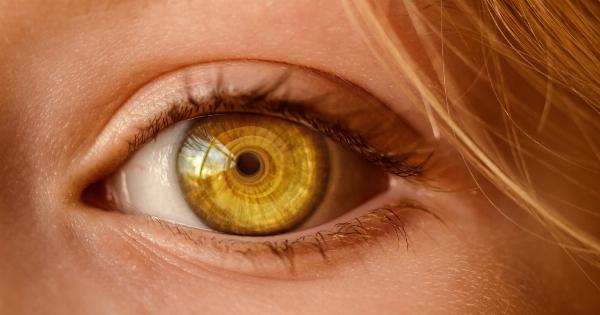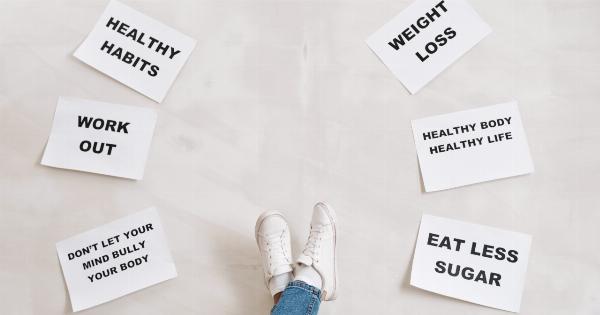Summertime means spending days outdoors, basking in the sun’s warm rays and savoring the joys of nature. While it’s important to embrace the sunshine, it’s equally vital to protect your skin from harmful ultraviolet (UV) rays.
Unfortunately, there are several myths surrounding sunscreen that can lead to sunburn and long-term damage. Let’s debunk these myths and ensure you stay protected.
Myth 1: Darker Skin Doesn’t Need Sunscreen
Contrary to popular belief, individuals with darker skin tones are not exempt from the damaging effects of the sun.
While melanin offers some natural protection, it’s essential to wear sunscreen to guard against the harmful UVA and UVB rays that can still penetrate the skin, leading to sunburn, premature aging, and an increased risk of skin cancer.
Myth 2: Sunscreen Isn’t Necessary on Cloudy Days
Clouds may provide some shade, but they don’t block all UV rays. Up to 80% of the sun’s rays can still penetrate clouds, which means your skin is still at risk of sunburn.
Regardless of the weather, always make sunscreen a part of your daily routine.
Myth 3: Sunscreen With a High SPF Protects You All Day
While a higher sun protection factor (SPF) does provide extended protection, it doesn’t mean you are shielded all day long. Sunscreen should be reapplied every two hours, especially after swimming, sweating, or toweling off.
Frequent reapplication ensures continuous protection and minimizes the risk of sunburn.
Myth 4: Sunscreen Prevents Vitamin D Production
Some individuals are concerned that wearing sunscreen hinders their body’s ability to produce vitamin D. However, sunscreen in moderation does not entirely block vitamin D synthesis.
You can still obtain sufficient vitamin D levels while using sunscreen by spending a few minutes in the sun before applying it or ensuring adequate dietary intake through fortified foods or supplements.
Myth 5: Applying Sunscreen Once in the Morning Is Enough
Slathering sunscreen on in the morning may seem sufficient, but it’s not. Sunscreen requires regular application to remain effective. Remember to reapply every two hours, or more frequently if you are swimming or sweating profusely.
Additionally, ensure you apply a generous amount to all exposed areas for optimal protection.
Myth 6: Sunscreen Is Only Needed at the Beach
The beach isn’t the only place where you need sunscreen. Anytime you are outside, whether enjoying a picnic in the park or going for a leisurely walk, your skin is susceptible to sun damage.
UV rays can reach your skin even through windows and on overcast days. Make sunscreen a daily habit, regardless of your location or activity.
Myth 7: Sunscreen Is Irrelevant When Wearing Makeup
Many cosmetics, particularly foundations and powders, now incorporate SPF. While these products provide some level of sun protection, they are not a substitute for sunscreen.
The amount of makeup typically applied is often insufficient to provide adequate protection. Always layer sunscreen underneath your makeup to ensure comprehensive coverage.
Myth 8: Sunscreen Is Not Required for Children
Children have delicate skin that is particularly vulnerable to sunburn and long-term damage. It’s crucial to protect their skin with sunscreen, even more so than adults.
Look for sunscreens specifically designed for children, and limit their sun exposure during the peak hours of the day. Remember, children under six months old should be kept out of direct sunlight altogether.
Myth 9: All Sunscreens Are Created Equal
Not all sunscreens are created equal, and it’s important to choose the right one for your skin. Look for a broad-spectrum sunscreen that protects against both UVA and UVB rays.
Consider your skin type, sensitivity, and any specific concerns you may have, such as fragrance-free options for sensitive skin or water-resistant formulas for outdoor activities.
Myth 10: Sunscreen Makes You Immune to Skin Cancer
While sunscreen is an essential tool in preventing skin cancer, it does not provide complete immunity.
It is just one component of a comprehensive sun protection routine that includes seeking shade, wearing protective clothing, and avoiding the sun during peak hours. Remember, regular skin examinations and consulting with a dermatologist are crucial for early detection and prevention of skin cancer.





























